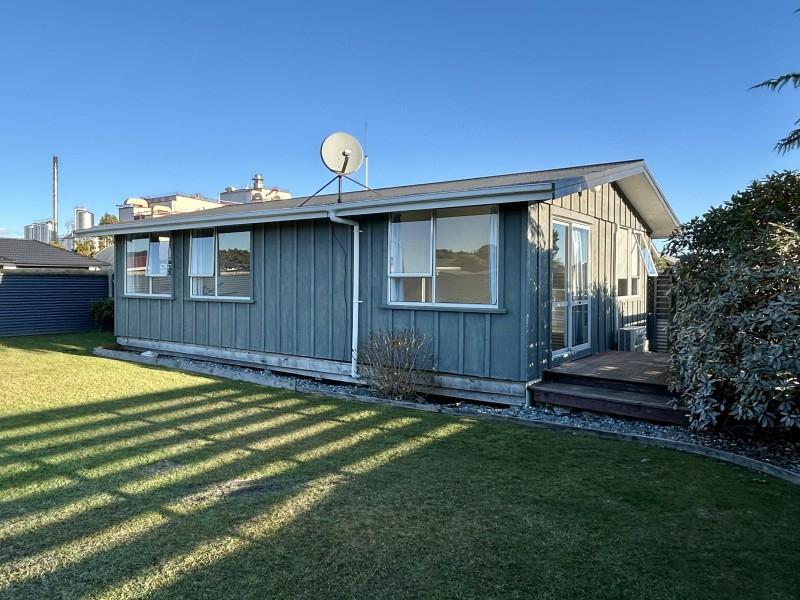Max Gawn, the 208cm kid from Greymouth taking centre stage on one of Australian sport's biggest days
At 2.08m tall, Max Gawn from Greymouth wouldn’t look out of place in a black jersey, linking arms with Brodie Retallick or Sam Whitelock.
Instead the 29-year-old giant will command attention at Perth’s Optus Stadium on Saturday night – three weeks after the All Blacks beat the Wallabies there – as captain of Melbourne Demons in the Australian Football League grand final against Western Bulldogs.
Gawn’s parents Rob and Sandra are proud West Coasters and run a café in country Victoria, but due to Covid-19 restrictions must watch the grand final from their lounge room. The family lived in Greymouth for several years soon after young Max was born, before they shifted back across the Tasman and he made a key decision on a future career.
Continue reading here.

Today’s Mind-Bender is the Last of the Year! Can You Guess It Before Everyone Else? 🌟🎁🌲
I dance in the sky with green and gold, a spectacle few are lucky to behold; I’m best seen in the south, a celestial sight—what am I, lighting up the New Zealand night?
Do you think you know the answer? Simply 'Like' this post and we'll post the answer in the comments below at 2pm on the day!
Want to stop seeing these in your newsfeed? No worries! Simply head here and click once on the Following button.









 Loading…
Loading…




